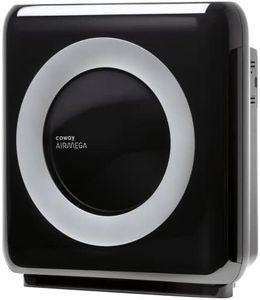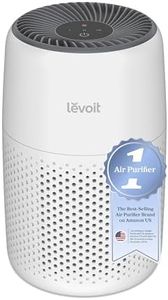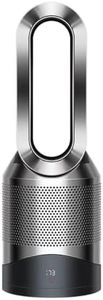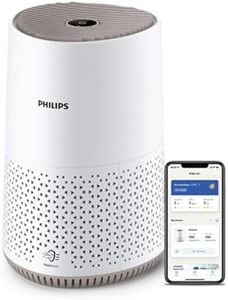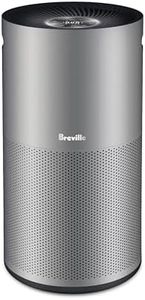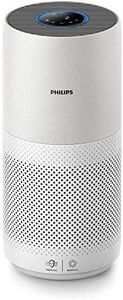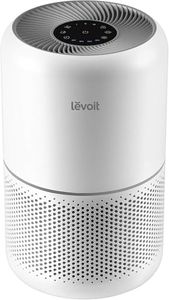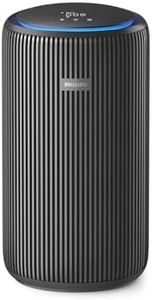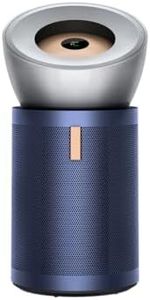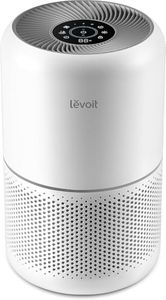We Use CookiesWe use cookies to enhance the security, performance,
functionality and for analytical and promotional activities. By continuing to browse this site you
are agreeing to our privacy policy
10 Best Pet Air Purifiers
From leading brands and best sellers available on the web.Buying Guide for the Best Pet Air Purifiers
Choosing a pet air purifier is an excellent way to improve your home's air quality, especially if you have cats, dogs, or other furry animals that shed hair, dander, and sometimes bring in outdoor allergens. With so many models available, it’s important to focus on a few key specifications that will ensure the purifier can handle pet-related air concerns and suit your space and lifestyle.Filter TypeThe filter type determines what particles the purifier can capture from the air. The most common filters for pet air purifiers are HEPA and activated carbon. HEPA filters trap tiny particles like pet dander and hair, while activated carbon helps to remove odors. Some purifiers have both types or additional pre-filters for larger debris. If allergies and odor are your main concerns, a combination of HEPA and activated carbon is ideal. Make sure to check if the filters are replaceable and how often they need changing.
Coverage AreaCoverage area tells you how much space the air purifier can effectively clean, usually measured in square feet or meters. Small purifiers are designed for single rooms, while larger ones can handle open spaces or multiple rooms. To pick the right one, think about where your pets spend the most time and where you experience the most air issues. Choose a purifier with a coverage area at least as large as your room or space for effective performance.
CADR (Clean Air Delivery Rate)CADR measures how fast an air purifier can clean the air of certain particles, usually given separately for smoke, dust, and pollen. Higher CADR numbers mean quicker air cleaning. If you want to reduce pet dander, hair, and general allergens, focus on the dust or particle CADR. For common living spaces or homes with several pets, look for higher CADR ratings to keep up with the demand. Smaller spaces or less shedding pets can do with lower CADR values.
Noise LevelNoise level refers to how loud the air purifier is during operation, measured in decibels (dB). Some purifiers are nearly silent, while others can be quite audible, especially at higher speeds. If you plan to run the purifier in a bedroom, nursery, or a space where low noise is important, look for models with quieter operation—often listed as below 40 dB. For living areas where some background noise isn't an issue, moderate or higher noise levels may be acceptable, especially if you need faster cleaning.
Odor RemovalOdor removal is especially important for pet owners, as it deals with smells from litter boxes, wet fur, or general pet odors. This performance typically depends on the type and amount of activated carbon in the purifier. Some models highlight their odor control features and may have larger or more advanced carbon filters. If eliminating pet odors is your top need, focus on purifiers that are strong on odor removal and have a higher quantity of activated carbon.
Maintenance and Filter ReplacementMaintenance includes cleaning pre-filters, replacing HEPA/carbon filters, and general upkeep. Some air purifiers have indicators to let you know when to change filters. If you prefer low-effort options, look for filters that last longer or machines with easy-access panels for quick filter changes. Consider how often manufacturers recommend replacing filters, as homes with multiple pets or high shedding may require more frequent maintenance.



